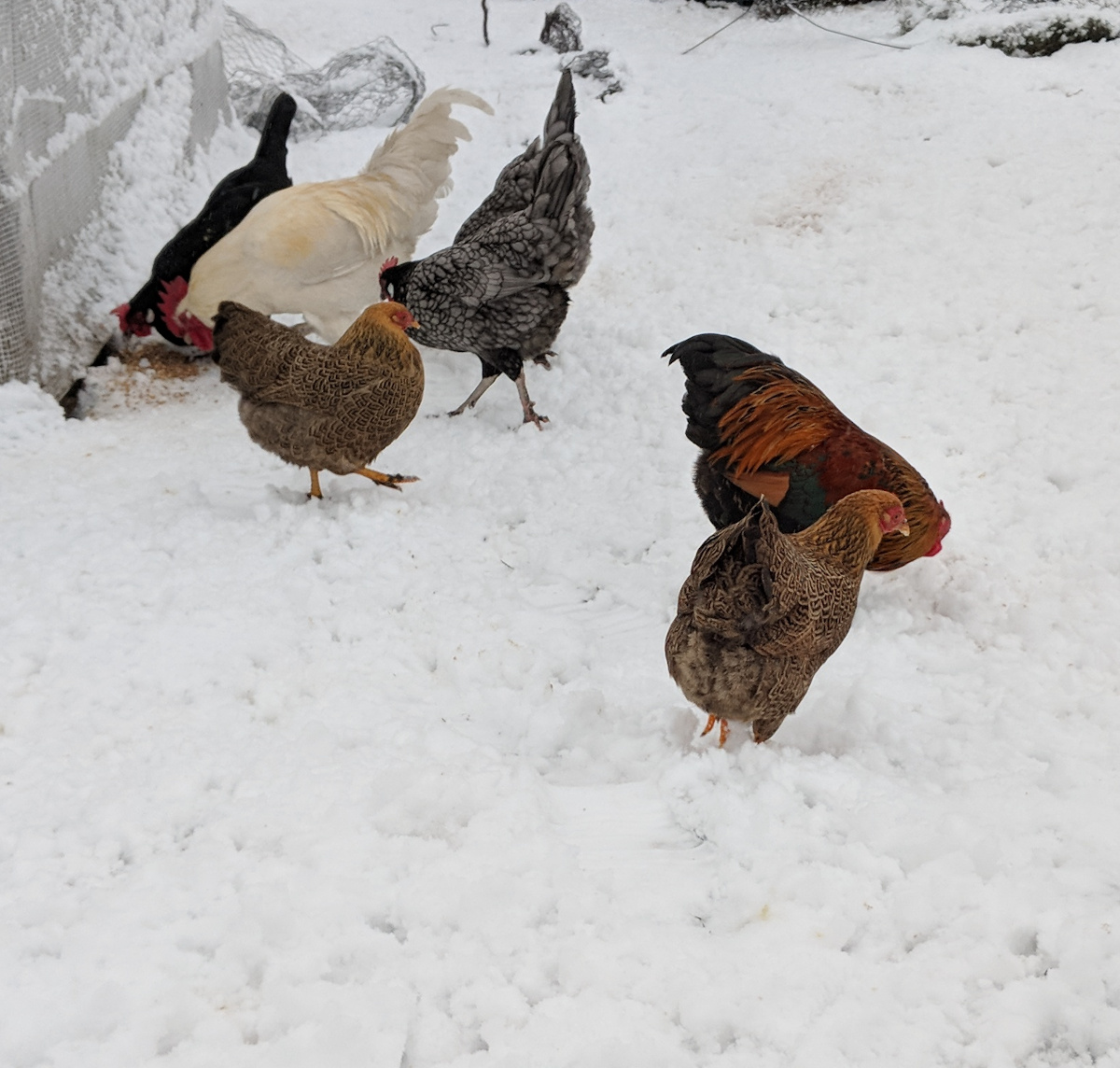
Are Japanese bantams hardy chickens?
Japanese bantams cannot be considered a hardy breed of chicken and will suffer in cold and damp conditions. Japanese bantams cannot be considered either hot or cold hardy and need to be kept in dry, draught free, mild conditions with plenty of shelter and shade.
The Japanese Bantam is a very small chicken with short legs that does not cope well in wet, cold or frozen conditions. The short legs mean that the feathers are in contact with the ground for a considerable period of time and are prone to becoming wet.
In his book Bantams, author W.F Entwisle noted that:
“They were at first hard to acclimatise, and many died during their first winters in England, but by degrees they became more used to our varying climate, and may now be classed among the half-hardy breeds.”
He was, however, talking about the climate along the south Coast of the UK which is noted for being quite mild.
The Japanese bantam prefers warm and dry conditions.
If you live in a part of the world that regularly experiences prolonged cold, frozen or wet weather then you will need to keep your Japanese bantams indoors in an insulated coop, possibly with supplemental heating.
Japanese bantams also have a very large comb with fine points which can easily get frost bitten or sun-burnt.
Long grass makes a bad run for them when damp as they are quite sensitive to wet and damp surroundings. Being so close to the ground their body feathers get wet and produce disease.
My Japanese bantams really dislike the snow although they can survive quite cold temperatures if kept in a draught free covered run.
Being so small means they will suffer faster in the absence of feed and water should it freeze in winter.
Hardiness of Japanese bantam chicks:
The young chicks must be very tenderly handled until they are eight to ten weeks of age.
After reaching this age they will care for themselves if properly fed and housed in dry quarters at night.
I have lost more Japanese bantams to the wet than I have the cold.
